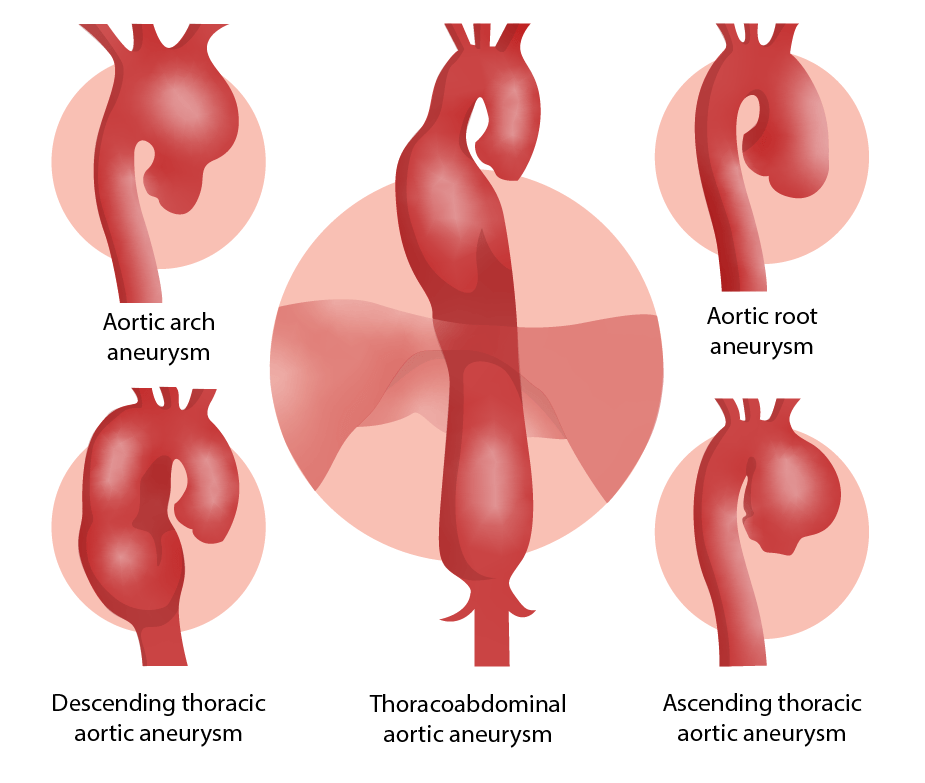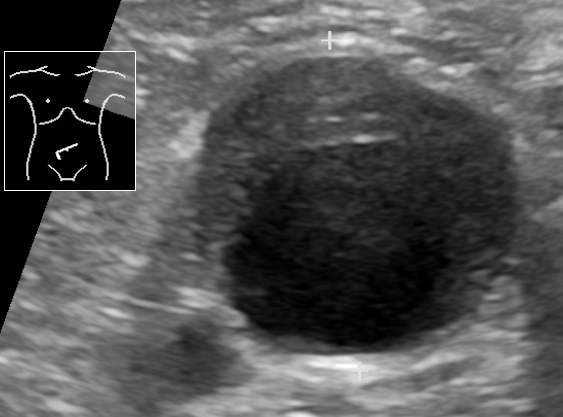Playlist
Show Playlist
Hide Playlist
Aneurysm: Definition and Classification, Abdominal Aortic Aneurysm
-
Slides Aortic Disease.pdf
-
Reference List Pathology.pdf
-
Download Lecture Overview
00:01 So we've talked about how it happens. 00:02 Let's now get more at a gross level. 00:04 So for you future surgeons, you need to understand some of these definitions. 00:09 And also for all of you future clinicians and pathologists, you need to understand these definitions. 00:13 So a true aneurysm of any vessel. 00:16 Here we're talking about an aorta but it could be any vessel. 00:18 A true aneurysm involves all 3 layers. 00:22 So the intima, the media and adventitia are involved and there is dilation. 00:26 And you can have dilation that's minimal. 00:30 We tend to only call something an aneurysm when it exceeds 50% of the normal diameter. 00:36 Okay, before then it's just a slight expansion. 00:44 And because there is laxity in the wall because of the abnormal extracellular matrix production by defective or degenerating smooth muscle cells. 00:53 Each beat of the heart can progressively enlarge this. 00:57 So it enlarges over time. 00:59 And the risk of the complications from an aortic aneurysm increases as the dilation, the aneurysm gets bigger and bigger and bigger. 01:07 We'll see those statistics in a minute. 01:10 You can have a saccular aneurysm with a little outpouching from one side of the vessel wall, so kind of a little, it's like imagine a soft spot in an inner tube. 01:21 And when you inflate it, it kind of pushes out from that soft spot. 01:27 Or you can have diffuse circumferential fusiform aneurysm that's what's indicated on the right. 01:35 A false aneurysm occurs when there is a break and then you have blood that extravasates. 01:42 But it's contained within a fibrous connective tissue capsule of some sort and you can actually wall it off. 01:49 This can formally rupture and then you're going to exsanguinate. 01:52 But if you don't exsanguinate and it's kind of captured by fibrous connective tissue, that's a false aneurysm. 01:58 We don't have all 3 layers in this extravasated area of bleeding.
About the Lecture
The lecture Aneurysm: Definition and Classification, Abdominal Aortic Aneurysm by Richard Mitchell, MD, PhD is from the course Aortic Disease.
Included Quiz Questions
Which type of aneurysm includes the intima, media, and adventitia?
- True aneurysm
- False aneurysm
- Pseudoaneurysm
- Abdominal aneurysm
- Thoracic aneurysm
What is the generally accepted definition of an aneurysm?
- Diameter more than 50% greater than the normal diameter
- Diameter less than 50% of the normal diameter
- Diameter less than 25% of the normal diameter
- Diameter more than 75% greater than the normal diameter
- Diameter greater than 1 cm
Customer reviews
5,0 of 5 stars
| 5 Stars |
|
5 |
| 4 Stars |
|
0 |
| 3 Stars |
|
0 |
| 2 Stars |
|
0 |
| 1 Star |
|
0 |







